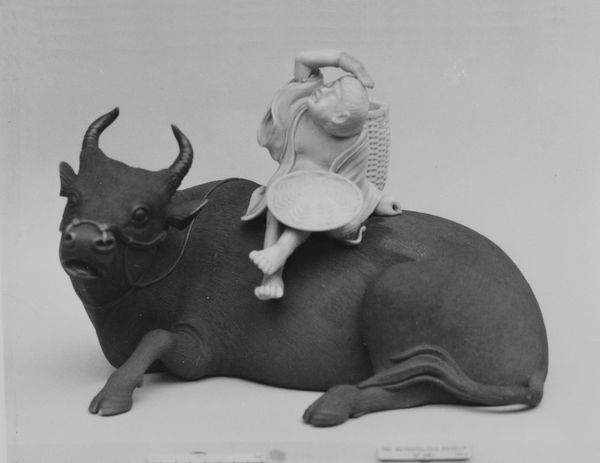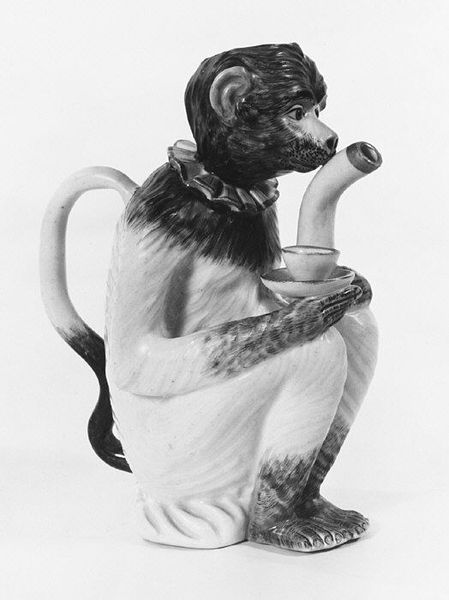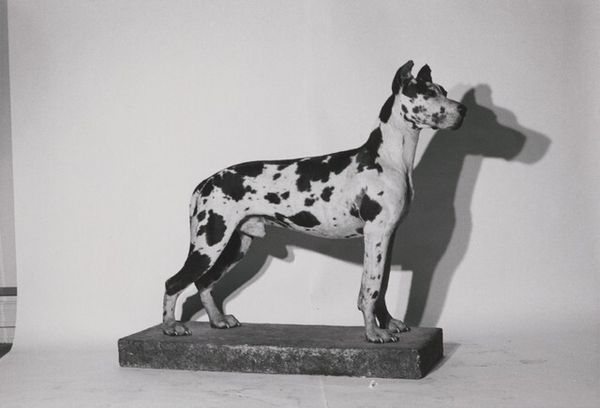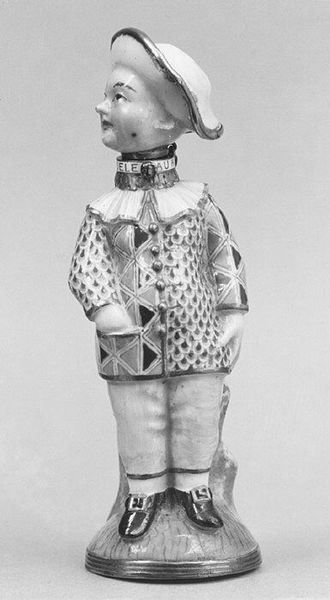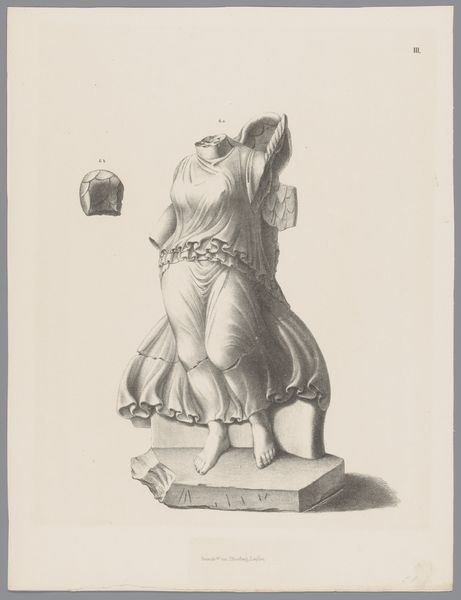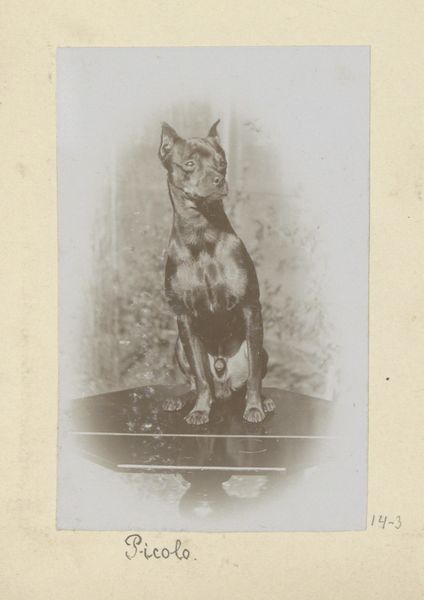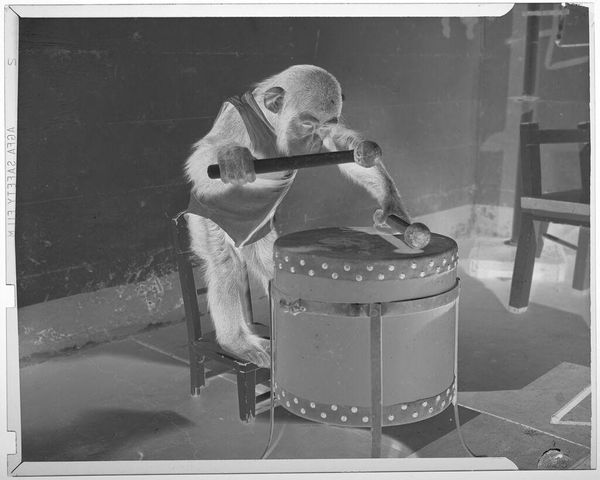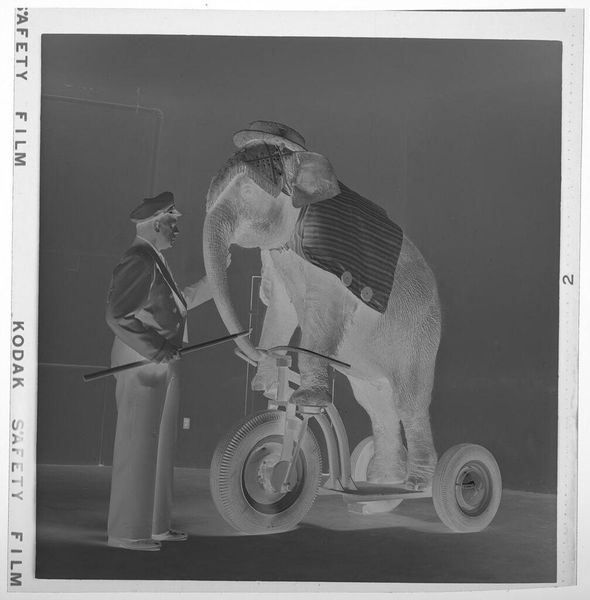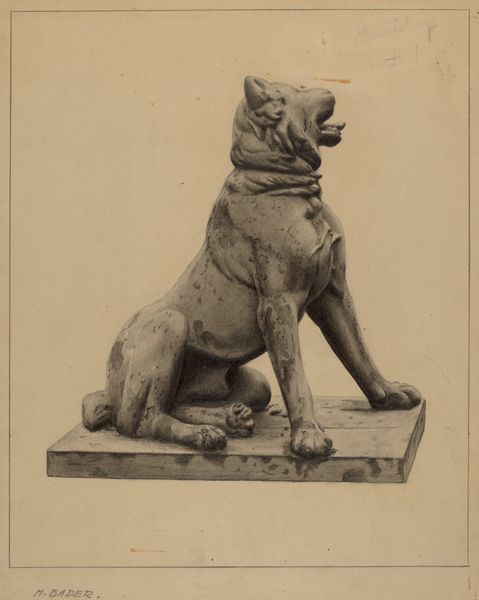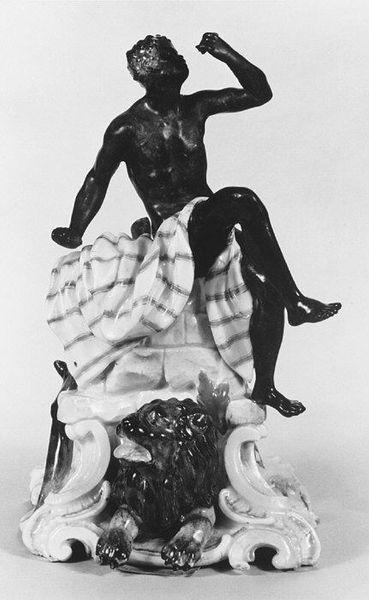
ceramic, sculpture
#
sculpture
#
asian-art
#
ceramic
#
figuration
#
sculpture
#
horse
#
24_meiji-period-1868-1912
#
statue
Dimensions: H. 4 1/2 in. (11.4 cm); L. 9 3/8 in. (23.8 cm)
Copyright: Public Domain
Editor: We're looking at "Horse with Saddle," a ceramic sculpture from the 19th century, made by Kawamoto Hansuke IV. I find it charming; it feels almost like a toy. What strikes you about this piece? Curator: What interests me most is its potential context. During the Meiji period, Japan underwent rapid modernization. Objects like this, rendered in ceramic yet depicting a saddled horse, suggest a negotiation between tradition and Western influence. Editor: So, the horse, a classic image, is presented in a way that reflects changing times? Curator: Precisely. Ceramics, deeply rooted in Japanese artistry, here capture an animal often associated with military power and trade. It prompts us to ask: Who was this made for? Was it a display of skill, a symbol of aspiration, or even a commentary on societal shifts? The saddle also appears rather formal... do you think that was a commissioned object or made for someone of a certain class? Editor: I hadn’t considered the intended audience so explicitly. The way it combines traditional material with what could be a commentary on the modern era adds a layer I hadn’t picked up on initially. Curator: Indeed, understanding the socio-political context enriches our viewing experience, doesn't it? The charm you mentioned transforms into something far more profound when we examine its historical underpinnings. Editor: I completely agree. Seeing art through the lens of history really brings out hidden narratives.
Comments
No comments
Be the first to comment and join the conversation on the ultimate creative platform.
